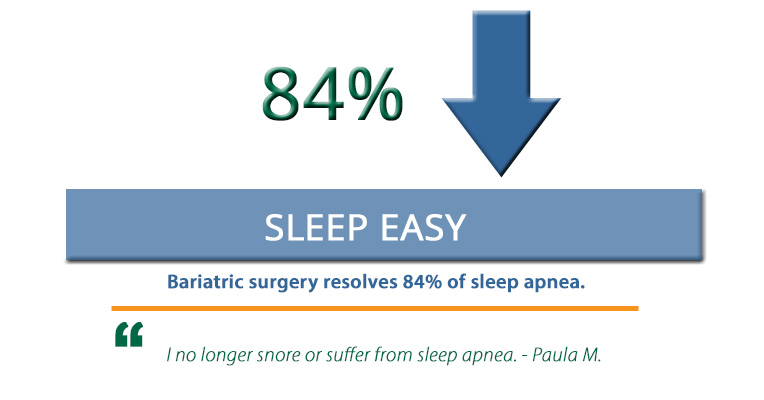What Will They Think?
Weight loss surgery is exciting. You’ve done your research, met your surgeon, thought through the pros and cons, made your decision, jumped through medical clearances and the insurance approval process, and now you’ve got a date! You’re a little nervous, but super pumped, looking forward to the prospect of positive change.
Who do you share your decision with? Do you keep it to yourself, share it with family members only, or shout it from the rooftops? There is no right or wrong answer—we all have different life experiences; different families, friends and co-workers; and different comfort levels—so the decision isn’t the same for everyone. Your health and your weight are very personal issues and you have the right to disclose and discuss as much or as little as you want to—just as with any other medical matter.
What will they think? It can be anxiety producing just thinking about talking to friends and family about weight loss surgery. What will they think? What will they say? When is the right time–once the decision is made or after the procedure? If you do decide to tell others, doing some prep work can help to ease anxiety, set boundaries and provide you with the support you need from those who you are closest to.
Put yourself in their shoes. Think through how others may respond. What will their concerns be? How will the changes in you affect them? Once you’ve put yourself in their shoes, prepare to discuss your decision with them.
State your case. Consider what you want to include in your conversation. What will weight loss surgery do for you that you cannot achieve without it? This is your why. Have some facts ready to back up your why. Here are some examples:
I have decided to have gastric bypass surgery because it improves type 2 diabetes in 90% of people–78% no longer need medication. I do not want to suffer from the terrible side-effects that come with diabetes.
I have decided to have gastric sleeve surgery. The surgeon tells me that I can expect to lose 50% or more of my excess weight in the first year. I’ll be able to ride on rollercoasters again, buy clothing in normal stores, and easily walk up a flight of steps. I’ve tried every diet out there—they don’t work. I’m tired of fighting a losing battle on my own—I need a tool that will help me.
I am considering weight loss surgery. I need a tool that will help me reclaim my health. I would like you to go to the consultation with me so you can learn more about the procedures and better understand why I am considering this.
Ask for support. After you share the news, ask for their support. In most cases, people will want to help, but will not know what you need. Try to be specific about what you need from them. I’d like to prepare healthier meals. I’d love for you to take walks with me. It’s important that I don’t have tempting foods in the house; can you keep your sweet snacks at work? I can sure use your encouragement, but please don’t police every bite that I put in my mouth.
Strengthen your support team. Support can come from all sorts of places: spouses, family members, co-workers, friends, your bariatric surgery team, support groups, and online resources. For many, it is helpful to develop support from more than one source–you’ll often get different kinds of support from each source. For example, your children may hop on board with healthier snacks and meal selections; your co-workers may provide fresh fruit in place of (or in addition to) cake for birthday celebrations; and a good friend may go for walks with you. Take a look at the different places where support may be available to and think through a strategy to strengthen the support in as many areas as you need.
Reassure. Change, even good change, is hard. Use positive words to help them see the benefits to you and to them like:
- I am doing this to improve my health, make life easier, and to live a longer and happier life with you.
- I will be able to participate in more activities. Just think, next year we will be able to….
- I won’t be tired all of the time.
- I will feel better about myself.
Stay calm and strong. You may or may not get the response you expect. Listen to the feelings behind the words that are said. When people don’t understand the futility of diets alone (especially those who have not struggled with excess weight) and the benefits of weight loss surgery, they may just focus on their fear of you having surgery. Helping them to learn more about the procedure may increase their comfort level.
Surround yourself with supportive people. No one understands what you are going through like someone who has been there. Get connected to others through the Barix Clinics private Facebook Page (https://www.facebook.com/groups/BarixClinicsSupport/). Sometimes all you need to know is that what you are feeling or experiencing is normal—this is a great place to get that kind of feedback as well as information and inspiration.
Do you want to talk about it? How much do you want to talk about your surgery and weight loss? The way you answer that question my help you decide who to tell. If you tell, be prepared to provide updates about how you are doing. You can set limits on how much information you share. It may be exciting to talk about how much you are losing in the beginning, but what about during a plateau? Instead of providing a pound-by-pound update, you may decide to say, “My doctor says I am progressing as expected.”
How to respond without lying. Whether you tell or not, people are going to notice that you are shrinking. If you have not told them, they may ask what you are doing to lose weight. If you don’t want to share your weight loss surgery, you can simply say something to the effect of, “I’m really watching what I eat and I’ve started a walking program.”
Bottom line. To tell or not to tell is a very personal decision that often needs to be made on a person-by-person basis. You may want to consider these questions as part of your decision. Is this person going to be supportive? Is this person going to nag? Will I want to talk about this in 6 months or a year with this person? Can I trust this person not to share this information without my permission? Be confident in your decision to have weight loss surgery and when you decide to share, state your why, back it up with facts, and ask for support.





